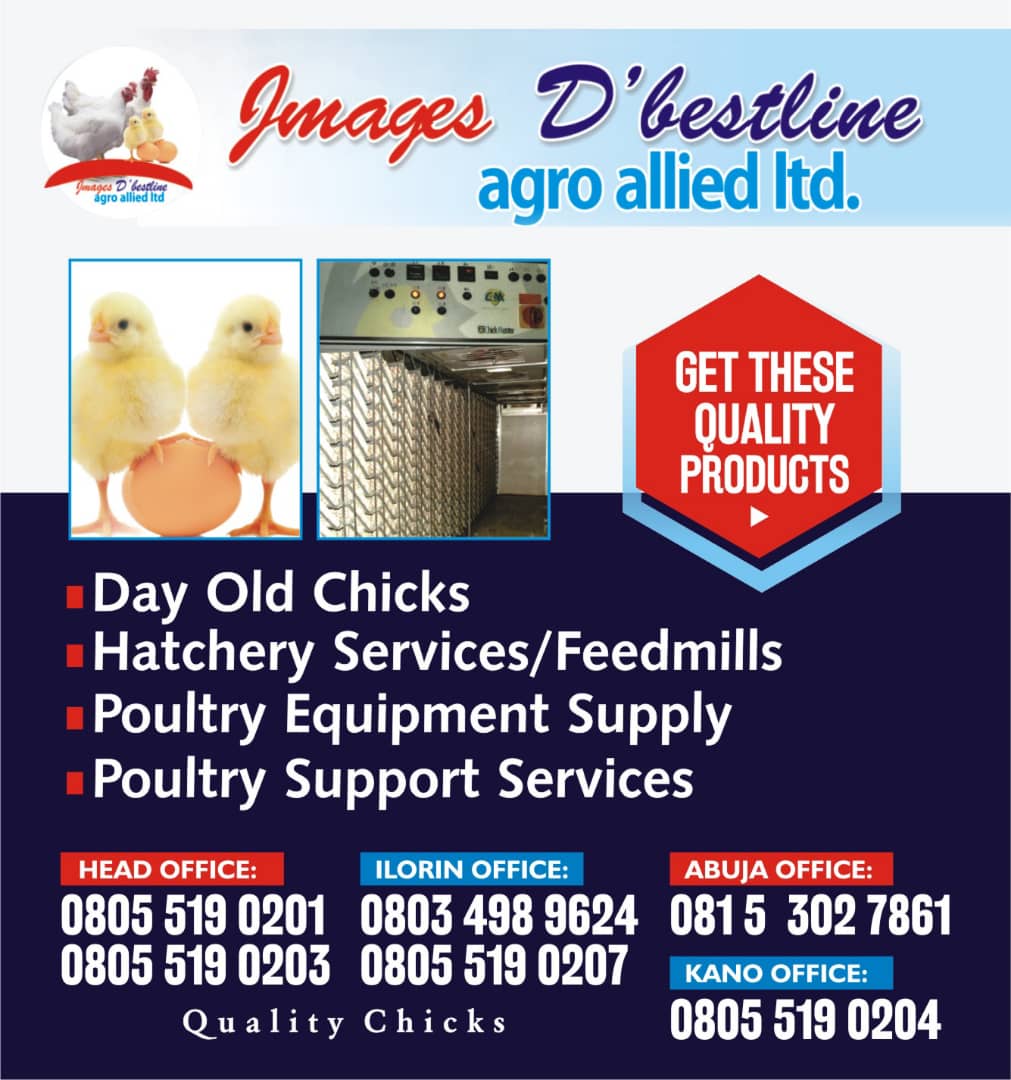How to Excel in Antibiotic-free Broiler Production
Finland is quite a success story when it comes to producing poultry without the use of antibiotics. An excellent example is the farm of Hanna Hamina. Not a single flock has been treated with antimicrobials for over 10 years.
 Learn More
Learn More
Hanna Hamina, who is also executive director of the Finnish Poultry Association, runs a broiler farm together with her husband, Raine Rekikoski, in Eura in the southwest of Finland. Her entire emphasis, like all chicken producers in Finland, is to raise birds without the use of antibiotics, sustainably. Her farm has been in the broiler business since 1980 with Hanna taking over operations in 1999. Today, it runs 150,000 broilers on 7 rotations per year.
There are 4 broiler houses on the farm extending over a total of 8,000m2, allowing Hanna to produce a total of 1.5 million kg of poultry meat per year. The farm extends to 250 hectares on which Hanna also grows wheat for the birds, plus it has an additional 100 acres of forest used to produce woodchips to heat the poultry houses.
“We have a contract with HKScan. We buy our day-old chicks from the company and also sell broilers back to them. Producing antibiotic-free starts with a production plan that limits disease pressure by design. We operate an ‘all-in, all-out’ method and the farm is empty for about 2 weeks between rotations,” says Hanna, adding, “Our flocks are not thinned, so there is no added period of stress and disease exposure. In terms of bird space, we can have a maximum of 42kg/m2, but in practice it is about 40-41kg/m2.”
READ ALSO: A Practical Guide to Giving Hens the Best Start in life
Strict protocols
Strict biosecurity protocols are followed on this farm as Hanna tries to keep all pathogens away from the whole chain. “We do not give the broilers any vaccines, so we want to avoid any risk. It has not been necessary to give broilers antibiotics for over 10 years in Finland. We test all flocks for salmonella and all salmonella serotypes are forbidden. Campylobacter levels are also low in Finland, with between 2-4% of flocks testing positive per year.”
Finland has never had any cases of avian influenza and farmers like Hanna are always on guard to ensure it stays that way. “Keeping broilers inside, nets in inlets and outlets to keep wild birds away, are all part of our strict biosecurity to keep the birds safer,” says Hanna. “In addition to that we also maintain rodent control, keep the surroundings clean and tidy, have biosecurity protocols for caretakers, like changing clothes and boots, hand washing and no visitors. “Since we keep the broilers indoors, there are no problems with predators. Our main worry in terms of diseases is E. coli and that passes from breeders to production. We vaccinate breeders against E. coli but sometimes that doesn’t help because there are so many E. coli bacteria types,” she notes.
Healthy production
In Finland, broiler farmers use the Ross 308 breed, the fast-growing hybrid. Hanna says that with the Finnish broiler production strategy, the Ross 308 breed grows even better than under standard conditions.
“We process the birds at 35-36 days old at a slaughter weight of 1.7kg, which as liveweight is about 2.3kg. We are not aiming for the fastest growth rate and need to slow growth down to ensure good quality meat and low mortality,” she says, adding, “In Finland, foot pad health is really good. We are committed to a welfare programme and we have enrichment and perches in our barns”.
Providing a suitable environment for the birds in the houses can be quite challenging given that the climate in Finland can range from -35°C in the winter to 35°C in the summer.
Feed based on grains
Feed is purchased from a private local feed company called Satarehu owned by broiler farmers, including themselves. The feed is based on grains, mostly wheat and dehulled oats. There is no maize at all. “We also use GM soy but we are looking for opportunities to replace that with local faba beans or peas. We also add 20% wheat on-farm, starting at 5% on day 5. That amount is increased daily according to the broilers’ needs.” Wheat is used to help dilute the diet to meet the target slaughter weight. Feed prices are about € 340 per tonne, which is a concern as they have risen recently. We receive about € 1.30 per kg of meat, so it means about € 2.20 per bird is achieved at slaughter,” says Hanna.
READ ALSO: Expert view: ways to restore profitability in poultry farming
Tightly-woven industry
Finland has worked for decades to become antibiotic-free. Something which takes a lot of work and means adhering to a production strategy that includes a thorough cleaning, disinfection and drying programme before new chicks arrive. “It’s really an industry-wide effort,” Hanna explains with her director’s hat on, “I’ve been executive director of the Finnish Poultry Association since 2015. The association gives advice to all poultry producers, including egg, broiler and turkey producers.”
Hanna adds that the association also informs farmers, companies and the authorities about poultry issues and, promote the interests of the poultry industry. “Our members are poultry farmers, meat processors, egg-packing companies, feed manufacturers, veterinarians, etc. So we represent the whole value chain and really work together to set and maintain our standards,” says Hanna.
“I sometimes think that Finnish consumers don’t realise just how good the situation is in Finland. That said, during the Covid-19 era, broiler meat consumption in Finland rose by almost 6% last year and we see that Finnish people appreciate more local production.”
The total number of broilers processed last year in Finland was about 80 million, with around 4 million layers producing eggs for consumption in Finland.
Contributed By Chris Mccullough















